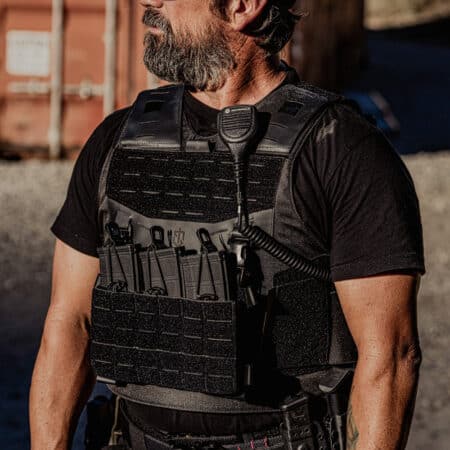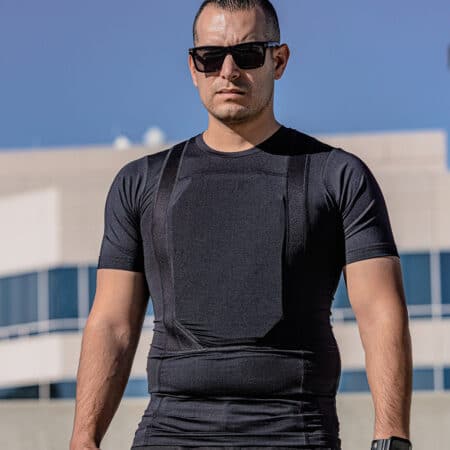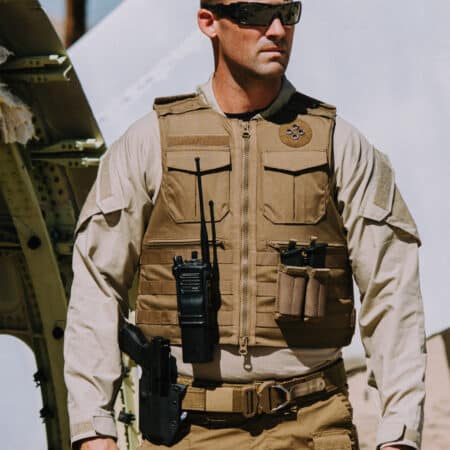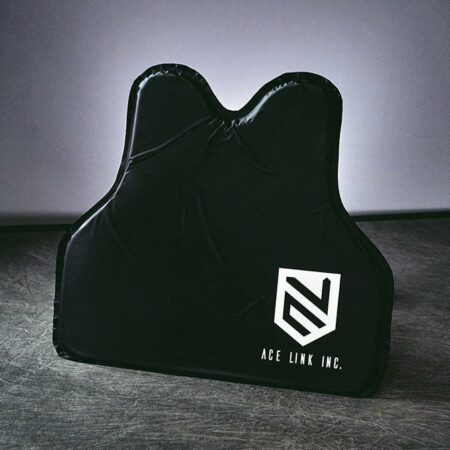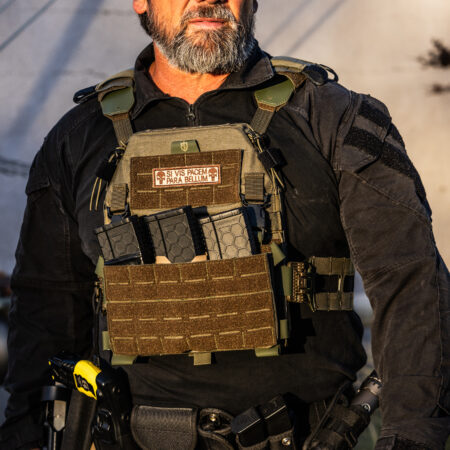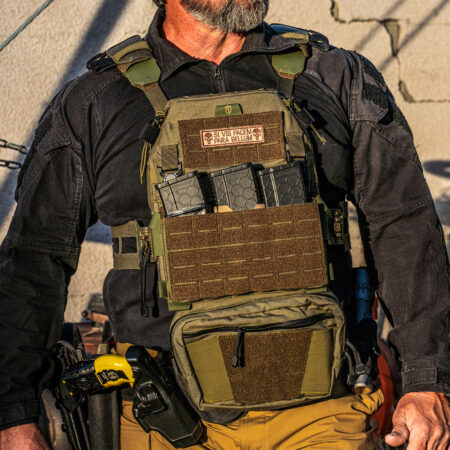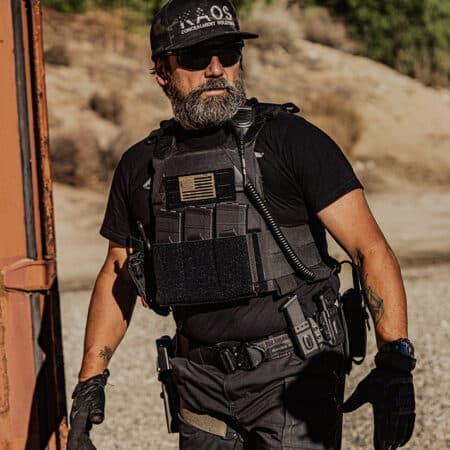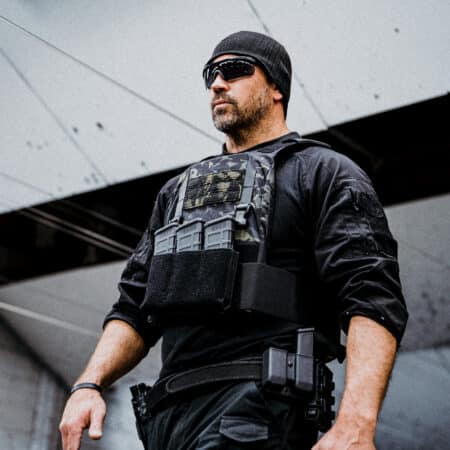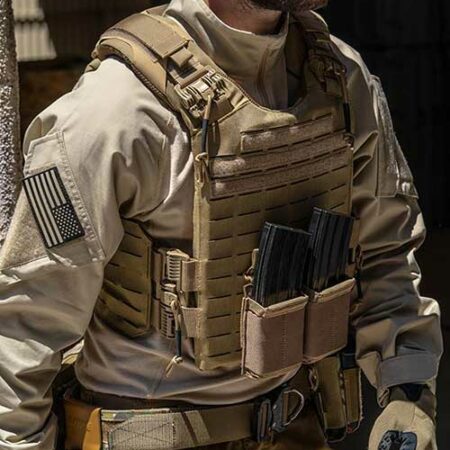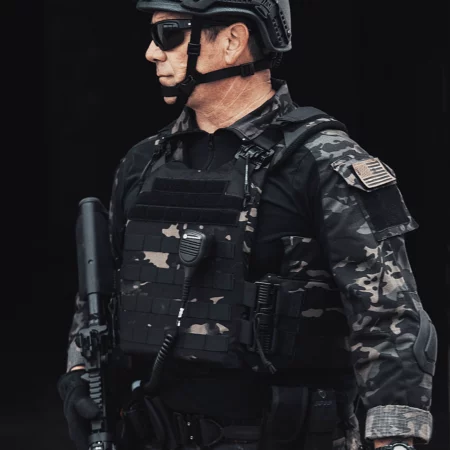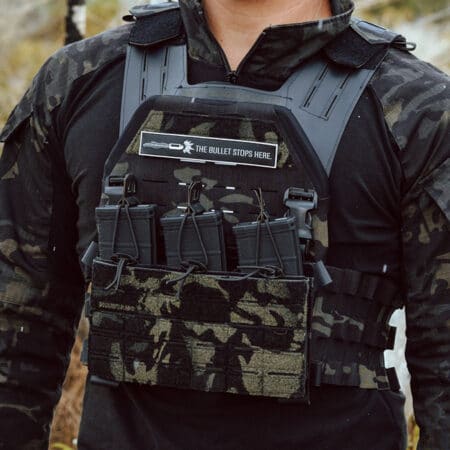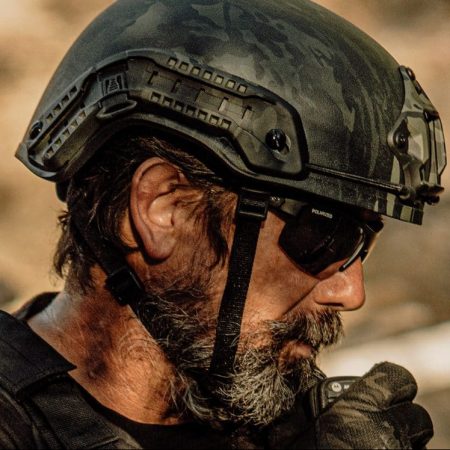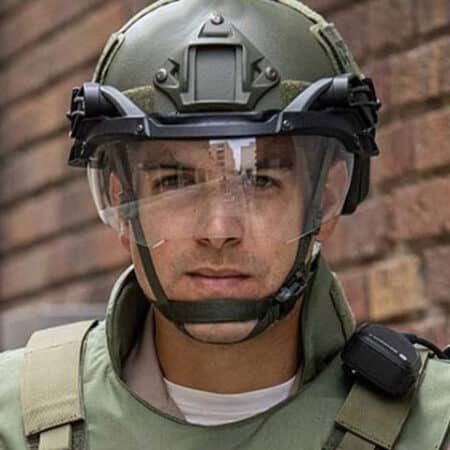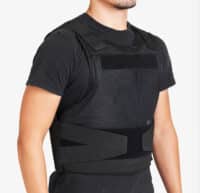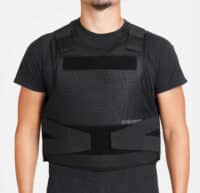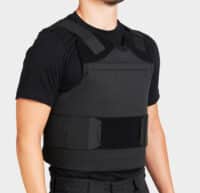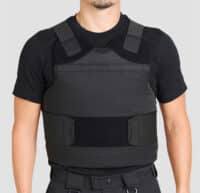
Concealable Bulletproof Vests
BULLETPROOF VESTS BODY ARMOR
-
Spectre
CONCEALABLE BULLETPROOF VEST Maximum Concealment
-
Enhancer
COVERT BULLETPROOF VEST MAXIMUM CONCEALMENT
CONCEALABLE VESTS ARMOR GUIDE

Concealable Body Armor Guide
Though both civilians and law enforcement officials can legally wear body armor, it does draw a lot of attention, and generally makes people uncomfortable, since it appears ominous. This is why concealment of body armor is it’s an important feature.
It is made to be thin and low profile so that you can wear it under your clothes, and get the protection you need without attracting unnecessary attention towards yourself. Police detectives, patrol officers, and Federal agents all use concealable body armor under their suit or uniform.
What are concealable body armor levels of ballistic protection?
As regulated by the National Institute of Justice, there are their levels of soft body armor. There are level IIa, Level II, and Level IIIa all of which are available in the form of concealable body armor. You can also get concealable stabproof vests if you expect to face edged blade threats.
Level IIa concealable body armor.
Level IIa is the lightest and more flexible kind of armor, however, it also provides the least amount of protection. According to the NIJ standards, a level II vest will stop up to a .9mm full metal jacket going at approximately 165 feet per second, and a .40 S&W full metal jacket at 1065 feet per second.
Since .9mmis the most prolific pistol caliber used in the US, these lightweight, flexible and thin vests can be quite useful as concealed armor. Some law enforcement agents that aren’t as prominent in the line of fire as police officers might wear Level IIa body armor for some protection incase of a firearm incident.
Level II concealable body armor.
Level II armor is ideal for concealable protection, as it offers a considerable amount of protection against most common pistol calibers, while still being less bulky, more comfortable to wear for long periods of time, and more easily concealable than level IIIa armor.
According to the NIJ standards, Level II armor will stop most pistol rounds, including .9mm, .45ACP, .40 S&W, and .357 magnum.
This is why level II armor is quite popular for concealed armor vests.
Level IIIA concealable body armor.
Lastly, Level IIIa body armor offers the highest level of ballistic protection, however, it is also the bulkiest of all armor levels. Still, it is very popular and is used by most law enforcement officers and other security personnel to wear under their uniforms.
According to the standards set by the NIJ, level 3A ballistic panels will stop pistol rounds as big as .44 magnum. In general, level IIIA armor will stop all pistol calibers, with the exception of very large calibers like 50 AE, which is fired out of the desert eagle, and the five-seven, which is known to be very good at penetrating armor and is fired from the FN five-seven, FN P90, and HK Mp7.
You can read more about Levels of protection in our Armor Guide article.
FREQUENTLY ASKED QUESTIONS ABOUT CONCEALABLE VESTS
What is concealable body armor?
Concealable body armor, as its name states, is a type of personal protection equipment intended to prevent the wearer from injury resulting from firearm attacks. The protection it affords is a bullet-resistant vest that is worn under the clothes in order to ensure both comfort and discretion.
There are different grades of concealable body armor. The lowest grade provides only minimal protection against projectiles fired by handguns while higher grades afford better protection against increasing caliber rounds such as rifles or machine gunfire. Although all concealable ballistic vests afford some form of protection from potential injury they should not be considered an alternative to a purpose-built ballistic resistant helmet in situations that involve high-powered firearms and munitions.
In addition to being used by law enforcement personnel in many situations, civilians may also need to wear body armor and stay inconspicuous as well. That is where concealable body armor comes in as it has been designed to be worn under your clothing. It has been known to be worn by people like detectives, undercover cops, VIP’s, etc. Although it is not the same as a full-size ballistic vest that most policemen wear, concealed body armor still provides protection from bullets or stabs…provided you’re wearing it!
It is important to note that although all of these vests are designed to be concealed under clothing, they may not always be 100% undetectable. There are many types of concealable body armor including: stab proof vests, ballistic vests/plates, covert and tactical body armor.
Concealable body armor doesn’t have any bulky fasteners that could create a silhouette on your outerwear. Since concealable armor is meant to be worn inside your clothes, so it could also have thermal regulation and moisture-wicking features, making it more comfortable to wear in hot and humid environments.
How to wear body armor the most concealed way?
The best way to wear any kind of armor in the most concealed way is to simply wear it inside your clothes. Now, there are certain kinds of armor that are more suitable for this than others.
Ideally, if you want to wear your armor in an inconspicuous way, you should opt for level 3A or level 2 soft body armor vests. They are lightweight, and unlike hard armor plates can conform to the shape of your body, making them more concealable. If you are using soft armor inserts, look for a carrier that is seamless without any webbings for attachments or other straps or buckles. One of the most concealed bulletproof vests is Apex Concealed Armor T-shirt (provides Level IIIA protection against handguns with option to upgrade to stab protection as well).
Once you have worn your concealable armor inside your clothes, make sure that it isn’t easily visible through your clothes. This means that you shouldn’t wear light fabrics. Moreover, don’t wear a shirt that is too tight either, because it will make your armor more obvious. You want something that loosely fits you and allows its fabric to flow without conforming to the armor vest you are wearing.
Wearing concealable body armor is a lot easier in winter when you can add multiple layers to your outfit, making it easier to hide your armor.
How to wear concealable body armor?
Knowing how to wear concealable body armor is also very important. The ideal is that it should be snug, without being too tight that it restricts your movement. When you are putting on your concealable armor, close the velcro straps as soon as you start to feel resistance from the elastic.
Don’t pull the straps excessively to get a tight fit, because it can both cause unnecessary deterioration to the armor and hinder your maneuverability. Moreover, if your concealable ballistic vest is too tight, it may even cause problems with breathing when you are in stressful situations and breathing heavy.
Moreover, you should ideally wear a moisture-wicking internal shirt under the concealable armor, which makes it more comfortable, however, normal inner shirts can also be used.
What is the best concealable armor?
What makes concealable body armor good? Well, above all, it needs to have thin armor inserts that are easily concealable. Comfort is also an essential factor for a good concealable vest. You need to be able to wear it for a long time, without it causing any restrictions on your movement.
Furthermore, it should cover all of your vital organs, preferably with soft ballistic panels both in the front and the back. Lastly, you want your concealable ballistic vest to be durable and made using high-quality materials.
The Ace Link Spectra concealable vest is the best concealable armor vest since it checks all of these boxes. Plus, it offers maximum protection that you can get from soft body armor. The vest meets level IIIA standards and will protect you against all popular pistol caliber rounds while being easily concealable as well.
The vest is made using Soft but durable Polycotton fabric and it also incorporates mesh moisture-wicking fabric on the inside for better air circulation and increased comfort.
 go back
go back
YOUR SHOPPING CART
your cart is empty





